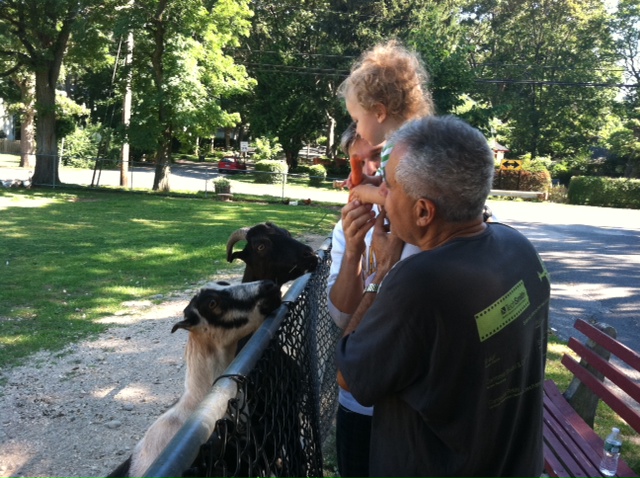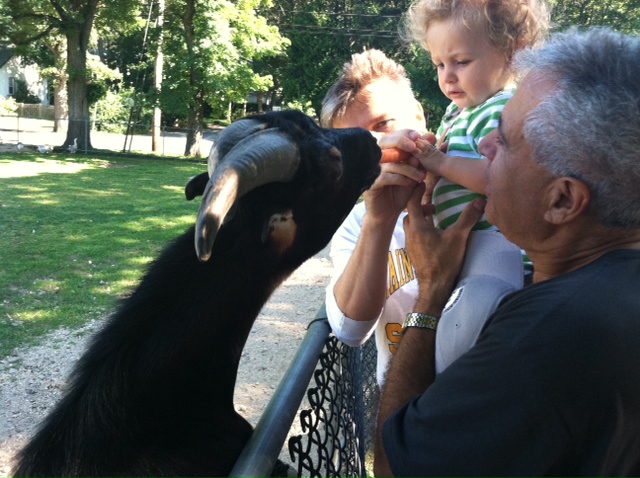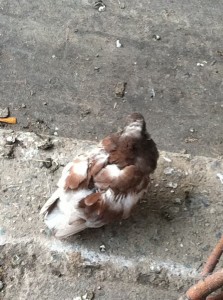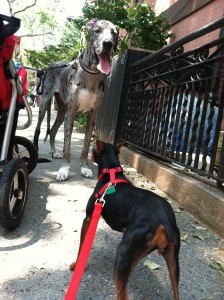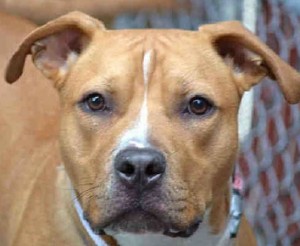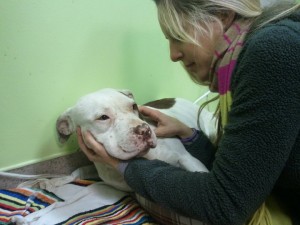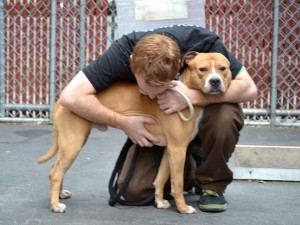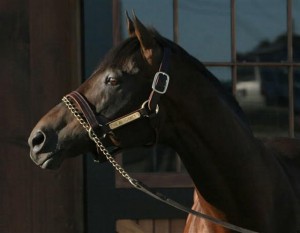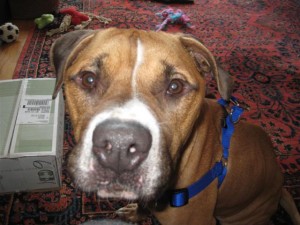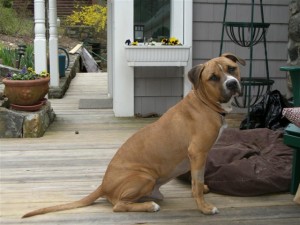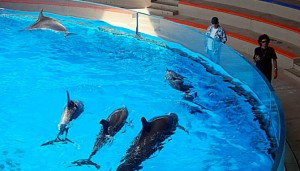Well, not exactly, but GoDaddy.com CEO’s recent killing of an African elephant DID stomp on his business.
I’ve always been looking for a reason to jump ship from the web-hosting company where I own eight domain names, including this one. And if their Super Bowl commercials featuring scantily-clad women wasn’t reason enough, then shooting an elephant sure as heck is.
The company’s CEO, Bob Parsons, recently shot an elephant in Zimbabwe and posted the graphic, misspelled subtitled footage in a video for the whole world to see, and then dubbed it a “humanitarian” expedition.
Note that I’m intentionally NOT linking to the video which shows the CEO and other hunters looking over a farmer’s damaged crops, shooting at elephants in the night. The subtitle which was evidently not spell checked reads: “Team waits until the elephant are close then turns on lights duct tapped to their rifles & opens fire.” Parsons is then shown smiling while posing with the dead bull. The video depicts “hungry villagers” the next morning stripping the dead animal of its flesh while donning GoDaddy.com hats. The most boorish part of the video is set to AC/DC’s “Hell’s Bells,” and is nothing more than an unscrupulous, self-promoting plug for the company.
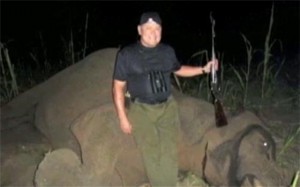
If only this poor elephant could rise from the dead and wipe that grin off Bob Parsons face.
Parsons, who’s second elephant hunt this was, told myFox Phoenix that he is not ashamed of what he did. “All these people that are complaining that this shouldn’t happen, that these people who are starving to death otherwise shouldn’t eat these elephants, you probably see them driving through at McDonald’s or cutting a steak. These people [Zimbabwe villagers] don’t have that option.”
While I don’t condone the killing of any animal for human consumption, whether it be cows at slaughterhouses to hunting elephants, what I think is worth questioning is the need for an American CEO to carry out this gruesome task for the African villagers while shamelessly promoting his company.
After reading that Namecheap.com, a GoDaddy.com competitor, recently ran a promotion to raise money for the endangered elephants in Africa I decided it was time to leave GoDaddy. Coupon code (BYEBYEGD) allowed up to 10 domain transfers at just $4.99 per domain, $1 per domain of which was transferred to Save the Elephants. Namecheap raised $20,433 for the elephants in Africa.
Even though I missed out on Namecheap’s promotion (and boy do I love a good deal), it’s still worth jumping. To join me in transferring your domain from GoDaddy.com to Namecheap.com, click here.
What Parsons does not know is that elephants are extremely intelligent, sensitive animals, and that there are strategies that exist to protect them which combine community and creativity. As Stephanie Feldstein wrote on Change.org last November, conservationists and farmers have devised plenty of clever and harmless methods of keeping elephants away from crops.
For example, draped fences made out of string first dipped in chili-infused grease (because elephants don’t like chili peppers), or elaborate cowbell systems that trigger wires to warn when the intruders arrive, are just two ways to preserve villagers’ crops and preserve an ancient species who is highly social and intelligent.
It’s doubtful, but perhaps next year Parsons will trade in his rifle for a cowbell.


